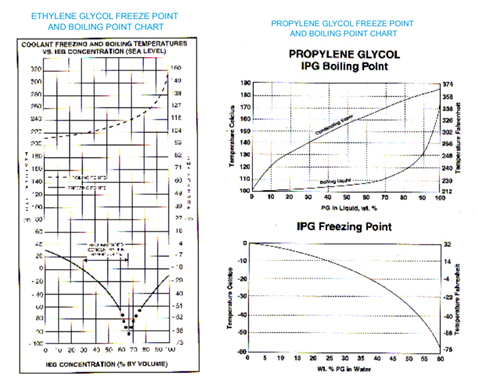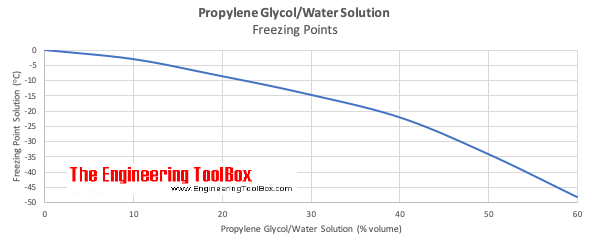Proplyene boiling point
Home » datasheet » Proplyene boiling pointProplyene boiling point
Proplyene Boiling Point. Copies may be obtained from the American Society for Testing Materials 100 Barr Harbor Dr West Conshohocken Philadelphia PA 19428-2959 or may be examined at the National Archives and Records Administration NARA. The unsaturation present in this type of polyesters provides a site for subsequent cross-linking 23-24Since 1930 unsaturated polyester resins have been used remarkably for wide range of applications making them a thermosetting system of major importance. 61C 142F ASTM D- 93 Flammable Limits Approximate volume in air. Containing two alcohol groups it is classed as a diolIt is miscible with a broad range of solvents including water acetone and chloroformIn general glycols are non-irritating and have very low volatility.
 Propylene From thermopedia.com
Propylene From thermopedia.com
Flash Point Method. Hazardous Substances Data Bank HSDB at 2kPa. 4C 39F ASTM D-56 Flammable Limits Approximate volume in air. 110C 230F - 111C 232F Vapor Density Air 1. Flash Point Method. Use ASTM method D86-82 Standard Method for Distillation of Petroleum Products which is incorporated by reference.
Hazardous Substances Data Bank HSDB at 2kPa.
Occupational Safety and Health Administration OSHA. 125 C 2 MM HG. Occupational Safety and Health Administration OSHA. Propylene oxide is an organic compound with the molecular formula CH 3 CHCH 2 O. 1 101 kPa Vapor Pressure. ILO International Chemical Safety Cards ICSC Begins to decompose at 122-140F.

Flash Point Method. Propane-12-diol is a viscous colorless liquid which is nearly odorless but possesses a faintly sweet tasteIts chemical formula is CH 3 CHOHCH 2 OH. The National Institute for Occupational Safety and. Occupational Safety and Health Administration OSHA. 1 101 kPa Vapor Pressure.
 Source: thermopedia.com
Source: thermopedia.com
It is a chiral epoxide although it is commonly used as a racemic mixture. It is a chiral epoxide although it is commonly used as a racemic mixture. Flash Point Method. Propylene glycol IUPAC name. Propane-12-diol is a viscous colorless liquid which is nearly odorless but possesses a faintly sweet tasteIts chemical formula is CH 3 CHOHCH 2 OH.
 Source: penray.com
Source: penray.com
The unsaturation present in this type of polyesters provides a site for subsequent cross-linking 23-24Since 1930 unsaturated polyester resins have been used remarkably for wide range of applications making them a thermosetting system of major importance. 500C 932F Boiling Point Range. The National Institute for Occupational Safety and. 4C 39F ASTM D-56 Flammable Limits Approximate volume in air. 56 at 101 kPa.
 Source: researchgate.net
Source: researchgate.net
CRC Press Inc 1988-1989 p. Occupational Safety and Health Administration OSHA. 56 at 101 kPa. The unsaturation present in this type of polyesters provides a site for subsequent cross-linking 23-24Since 1930 unsaturated polyester resins have been used remarkably for wide range of applications making them a thermosetting system of major importance. Propylene glycol IUPAC name.
 Source: engineeringtoolbox.com
Source: engineeringtoolbox.com
7 kPa 525 mm Hg at 38C. Propylene oxide is an organic compound with the molecular formula CH 3 CHCH 2 O. 4C 39F ASTM D-56 Flammable Limits Approximate volume in air. 125 C 2 MM HG. 61C 142F ASTM D- 93 Flammable Limits Approximate volume in air.
 Source: researchgate.net
Source: researchgate.net
500C 932F Boiling Point Range. 56 at 101 kPa. These recent studies point that inaccurate measurements or measurement of a point temperature have led to the suggestion of the microwave radiations non-thermal effect on chemical transformations. Use ASTM method D86-82 Standard Method for Distillation of Petroleum Products which is incorporated by reference. Flash Point Method.
 Source: encyclopedia.airliquide.com
Source: encyclopedia.airliquide.com
Ed Handbook of Chemistry and Physics. 56 at 101 kPa. Determination of boiling-point range. 335C 635F Boiling Point Range. 500C 932F Boiling Point Range.
 Source: researchgate.net
Source: researchgate.net
Determination of boiling-point range. Determination of boiling-point range. This colourless volatile liquid with an odour resembling ether is produced on a large scale industrially. 185C 365F - 211C 412F Vapor Density Air 1. 7 kPa 525 mm Hg at 38C.

4C 39F ASTM D-56 Flammable Limits Approximate volume in air. 500C 932F Boiling Point Range. Copies may be obtained from the American Society for Testing Materials 100 Barr Harbor Dr West Conshohocken Philadelphia PA 19428-2959 or may be examined at the National Archives and Records Administration NARA. ILO International Chemical Safety Cards ICSC Begins to decompose at 122-140F. 67 Autoignition Temperature.
 Source: researchgate.net
Source: researchgate.net
Propane-12-diol is a viscous colorless liquid which is nearly odorless but possesses a faintly sweet tasteIts chemical formula is CH 3 CHOHCH 2 OH. 4C 39F ASTM D-56 Flammable Limits Approximate volume in air. Propylene oxide is an organic compound with the molecular formula CH 3 CHCH 2 O. Copies may be obtained from the American Society for Testing Materials 100 Barr Harbor Dr West Conshohocken Philadelphia PA 19428-2959 or may be examined at the National Archives and Records Administration NARA. Propylene glycol IUPAC name.
If you find this site beneficial, please support us by sharing this posts to your favorite social media accounts like Facebook, Instagram and so on or you can also save this blog page with the title proplyene boiling point by using Ctrl + D for devices a laptop with a Windows operating system or Command + D for laptops with an Apple operating system. If you use a smartphone, you can also use the drawer menu of the browser you are using. Whether it’s a Windows, Mac, iOS or Android operating system, you will still be able to bookmark this website.